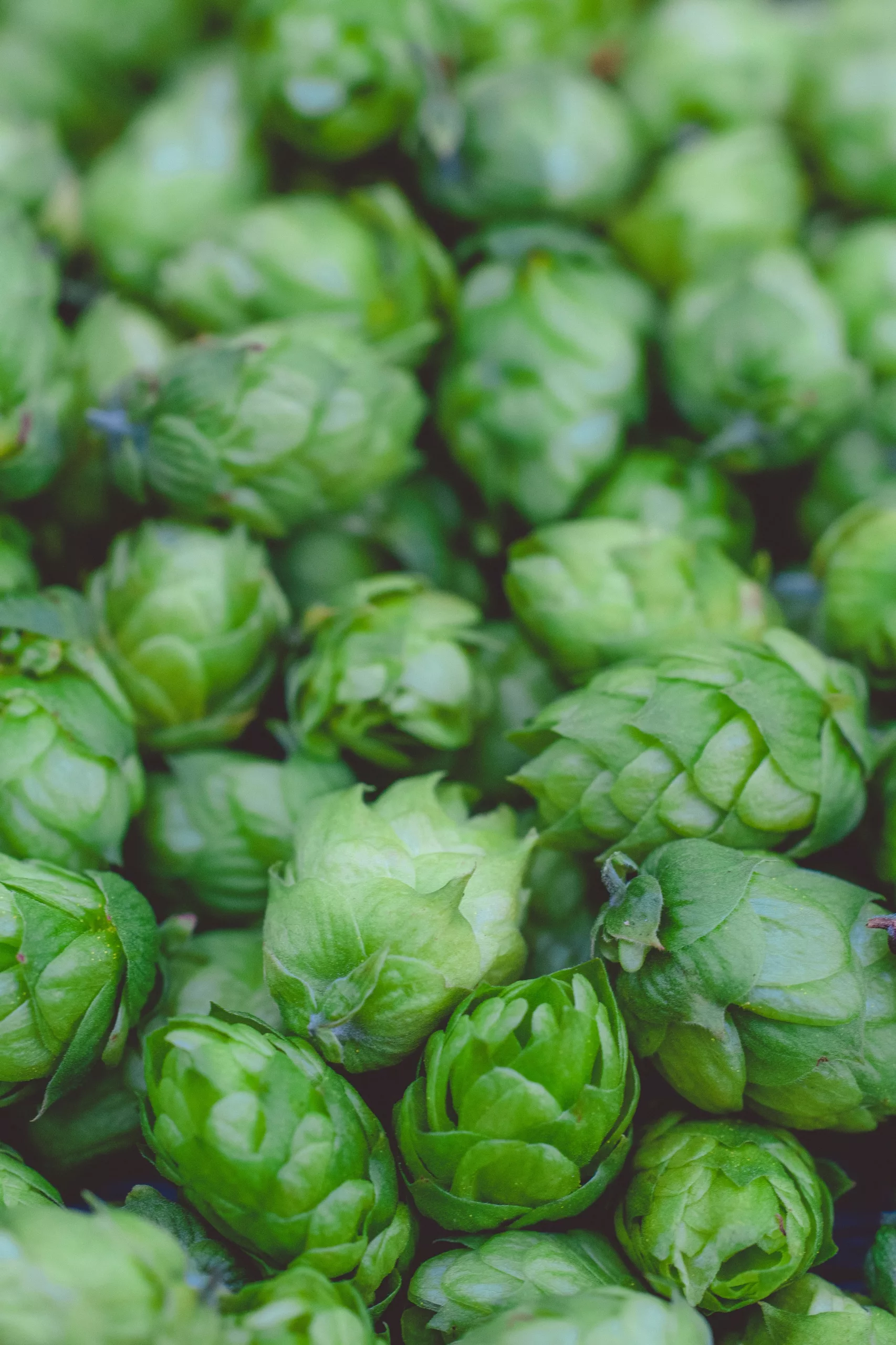
India Pale Ale, commonly known as IPA, is a popular style of beer known for its distinct hoppy flavor and high bitterness. The brewing process for IPA involves several stages, starting from selecting the right ingredients to packaging the final product.
Malting: This is the first stage of brewing where the barley is germinated and then dried to release the sugars needed for fermentation. This process also activates the enzymes that convert the starches into fermentable sugars.
Mashing: The malt is crushed and mixed with hot water in a mash tun to create a sugary liquid called wort. This process activates enzymes that convert the malt sugars into simple sugars that will be fermented by yeast.
Boiling: The wort is then boiled for about 60-90 minutes with hops added at various intervals. The hops contribute to the beer’s flavor and bitterness, as well as acting as a natural preservative.
Fermentation: The wort is cooled and yeast is added, which ferments the sugars and produces alcohol and carbon dioxide. This process takes about one to two weeks, depending on the yeast and the conditions.
Conditioning: After fermentation is complete, the beer is conditioned for several days to a few weeks. This allows the yeast to settle and the flavors to mature.
Filtering: The beer is then filtered to remove any remaining yeast and particles, and is ready to be packaged.
Packaging: The beer can be packaged in bottles, cans, or kegs, and is then ready for distribution and consumption.
In conclusion, the brewing process for IPA involves several stages that require careful attention to detail and a deep understanding of the ingredients and techniques involved. The end result is a flavorful, hoppy, and bitter beer that has become a favorite among beer lovers worldwide.
